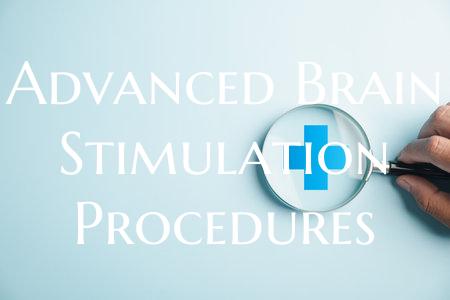
Advanced Brain Stimulation Procedures
In recent years, advanced brain stimulation procedures have emerged as a cutting-edge field in neurology and neuroscience, offering new hope for patients with various neurological disorders. These procedures involve the use of innovative technologies to modulate the activity of specific brain regions, leading to significant improvements in patients' symptoms and quality of life. Let's explore some of the key techniques and applications of advanced brain stimulation procedures:
1. Deep Brain Stimulation (DBS): DBS is a widely used procedure that involves implanting electrodes into specific brain areas and delivering electrical impulses to modulate abnormal nerve signals. It has been particularly successful in treating Parkinson's disease, essential tremor, and dystonia, helping patients to regain control over their movements and reduce medication dependence.
2. Transcranial Magnetic Stimulation (TMS): TMS is a non-invasive technique that uses magnetic fields to stimulate nerve cells in the brain. It is commonly used to treat depression, anxiety disorders, and certain types of chronic pain. TMS is considered safe and well-tolerated, making it a promising option for patients who may not respond well to conventional treatments.
3. Vagus Nerve Stimulation (VNS): VNS involves implanting a small device in the chest that sends electrical impulses to the vagus nerve, which connects the brain to various organs in the body. This procedure has shown promising results in the treatment of epilepsy, depression, and migraines, offering a novel approach for patients who have not benefited from other treatment options.
4. Responsive Neurostimulation (RNS): RNS is a targeted brain stimulation technique that detects abnormal electrical activity in the brain and delivers responsive stimulation to prevent seizures in patients with epilepsy. By constantly monitoring brain activity and providing precise stimulation, RNS can significantly reduce the frequency and severity of seizures, improving patients' quality of life and reducing the need for medication.
5. Optogenetics: Optogenetics is a revolutionary technique that utilizes light-sensitive proteins to control the activity of specific neurons in the brain. By genetically modifying neurons to respond to light, researchers can precisely manipulate neural circuits and study their functions in various neurological conditions such as Alzheimer's disease, addiction, and movement disorders.
Overall, advanced brain stimulation procedures represent a promising frontier in the treatment of neurological disorders, offering personalized and effective solutions for patients who have not responded well to traditional therapies. As research in this field continues to advance, we can expect even more innovations and breakthroughs that will further optimize brain stimulation techniques and expand their applications in clinical practice.